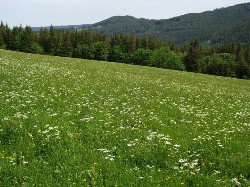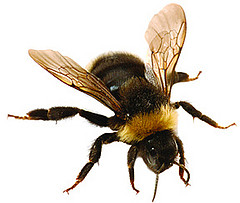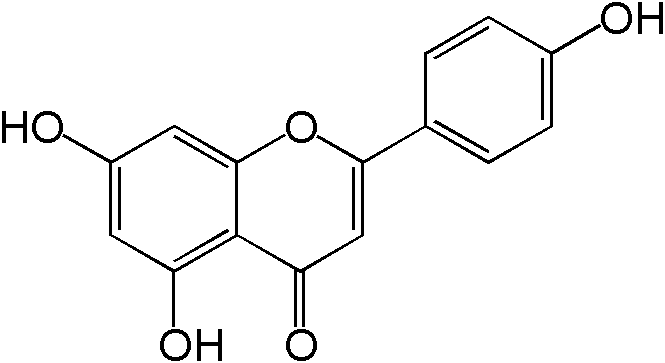Interactions
Achillea millefolium takes part in a variety of interactions with organisms ranging from insects to humans. More specifically, Achillea millefolium exhibits multiple symbiotic relationships with surrounding organisms. In addition, because A. millefolium is a photosynthetic plant, it acts as a primary producer of energy on the bottom tiers of the food chain. Now, I will be discussing the 4 primary interactions exhibited by Yarrow.
 1. When it comes being used
as a food source, this plant is eaten by both
herbivores and omnivores, and its energy is
transferred further up the food chain to secondary
and tertiary consumers. Because of its
abundance, Yarrow is a vital energy supply for
numerous organisms throughout a variety or
ecosystems.
1. When it comes being used
as a food source, this plant is eaten by both
herbivores and omnivores, and its energy is
transferred further up the food chain to secondary
and tertiary consumers. Because of its
abundance, Yarrow is a vital energy supply for
numerous organisms throughout a variety or
ecosystems.
 2. As mentioned earlier in Reproduction,
Achillea
millefolium takes part in a mutualistic
relationship with many pollinators. In this
symbiotic relationship, both species are benefitted
because the Yarrow plant is being pollinated which
allows for its reproduction cycle to come full
circle, and the pollinators, in turn, are given a
source of food.
2. As mentioned earlier in Reproduction,
Achillea
millefolium takes part in a mutualistic
relationship with many pollinators. In this
symbiotic relationship, both species are benefitted
because the Yarrow plant is being pollinated which
allows for its reproduction cycle to come full
circle, and the pollinators, in turn, are given a
source of food.
3. Additionally, Achillea millefolium is involved in another mutualistic relationship with members of the fungi phylum Glomeromycota. These Glomeromycota fungi form endomycorrhizae with Yarrow, meaning the fungus grows within the Yarrow roots and sends its hyphea into the root cell walls. This intimate relationship allows for the plant to receive more water, gases, and other nutrients from the fungus. In return, the fungus receives sugars that are stored within the plant cells.

4. The final interaction and main reason for studying this plant species, is Yarrow’s relationship with humans as a healing agent. Yarrow has been used as an ethnobotanic for ages. Dating back to Ancient Greece and times when only tribes roamed North America, Achillea millefolium has played a crucial part in the lives of humans, both then and now, when it comes to its medicinal characteristics. Harvesting techniques of Yarrow have remained the same throughout the years. To harvest Yarrow as a medicinal subject, one may harvest the entire plant during its flowering months, or harvest only the leaves previous to the plant’s flowering months (Schwartz, 2006).
In what ways does Yarrow act as a medicine?
For starters, Yarrow is styptic and hemostatic (stops
bleeding), astringent (makes tissues contract), antiseptic (inhibits bacterial growth), vulnerary
(helps tissues heal), anti-inflammatory, and
slightly anesthetic. In addition, it is used to
treat coughs and to relieve muscle spasms. For
example, Yarrow is a traditional women’s herb, used
to ease the pain of menstrual cramping. Finally,
Yarrow regenerates the cardio-vascular system by
lowering blood pressure and slowing one’s heartbeat
(Schwartz, 2006).
How can such a seemingly simple plant do all
of these things?
Interestingly so, scientists have found over a hundred active biological compounds in Achillea
millefolium. To name a few more common
compounds, Yarrow contains achilleine (hemostatic),
apigenin and azulene (anti-inflammatory), inulin,
menthol, and a neurtoxin, thujone (Schwartz, 2006).
active biological compounds in Achillea
millefolium. To name a few more common
compounds, Yarrow contains achilleine (hemostatic),
apigenin and azulene (anti-inflammatory), inulin,
menthol, and a neurtoxin, thujone (Schwartz, 2006).
Back to Reproduction
To learn about more fascinating facts about Achillea millefolium, continue to Facts.
